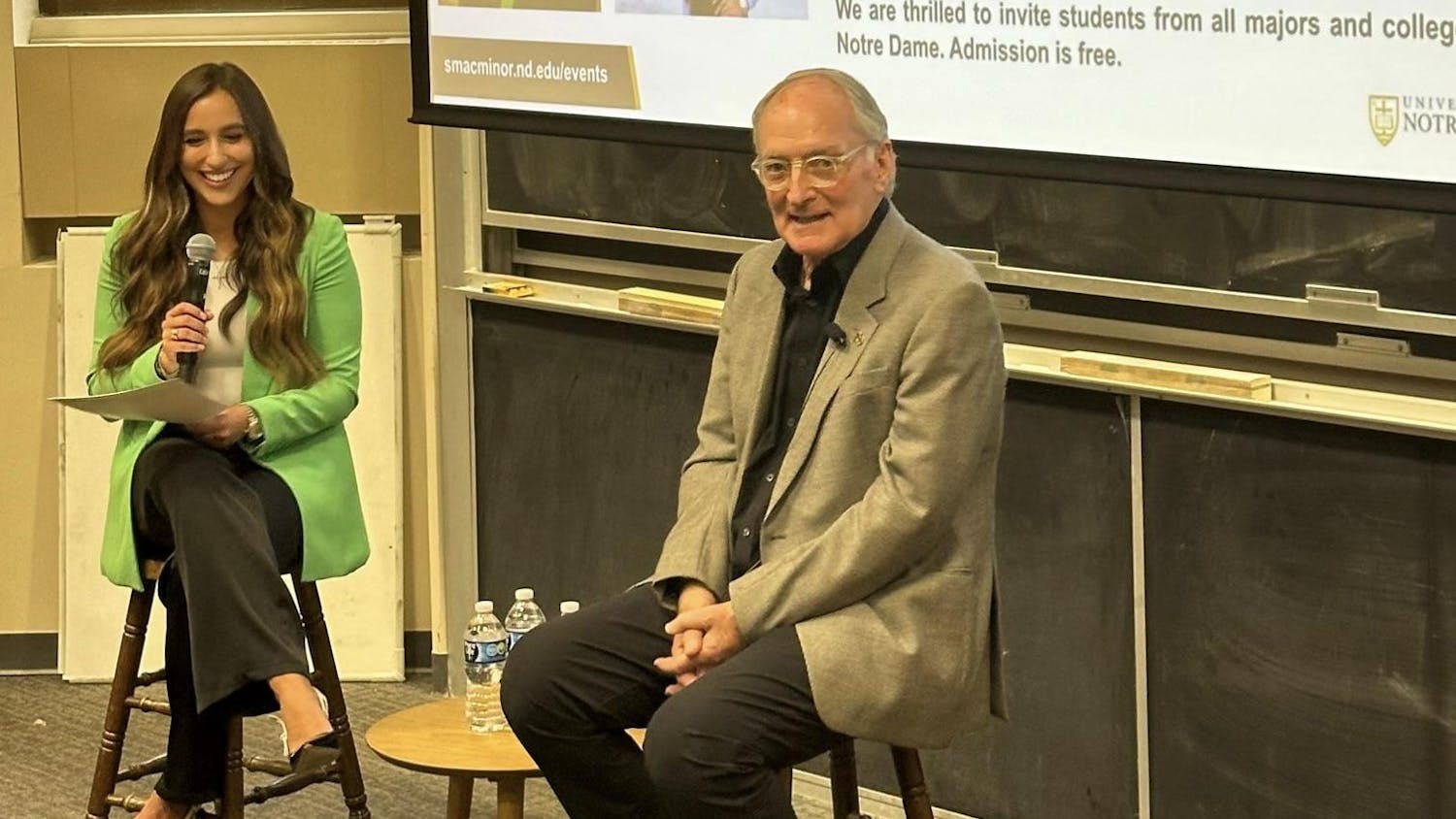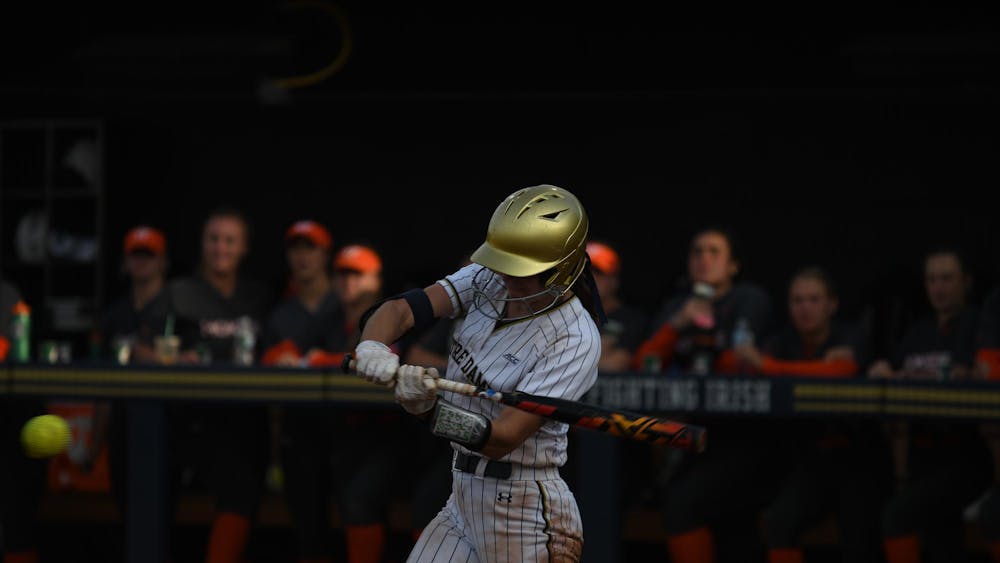Open-wheel racing is an absolutely beautiful thing; you’ll never convince me otherwise. From the sound of a car flying by you at 230 miles per hours to the sight of one taking the perfect line into Turn One at Indianapolis, there’s rarely a place I’d rather be than at the track.
But for as gorgeous as the sport is at its best, racing has the tendency to be the cruelest of mistresses at its worst.
Eight days ago, we saw it all when the IndyCar Series went to Pocono. For most of the race, it was everything you could’ve asked for — the drama of a title contender getting taken out by a guy who wasn’t anywhere near the race, the spectacle of seeing cars go seven wide down the incredibly-wide front straightaway at Pocono, the sound of the Doppler effect showing its beauty with cars speeding past spectators at the blink of an eye.
And then just like that, tragedy.
At first, it looks like nothing out of the ordinary. As happens in a sport of fine margins, a driver tested the limits of his car, and pushed too far. His car spins around, hits the wall, and his day is done.
But it didn’t turn out to be an ordinary crash.
Instead, the nose cone of the wrecked car flew up and around for a bit, and ultimately struck the head of another driver — Justin Wilson — as he was piloting his machine through the turn.
Nearly immediately, the impact sent Wilson into a coma, and the next day, he passed away.
It’s the scariest, saddest and toughest thing to deal with as a race fan, and unfortunately, we do it far too often. While it doesn’t happen on the scale it did 50 years ago, when six drivers and a crew member died at Indianapolis alone in a 10-year span, it doesn’t make it any easier to deal with when it happens.
Four years ago, we said goodbye to Dan Wheldon. It was one of the hardest things I’ve ever had to wrap my head around as a sports fan — how could this guy I saw win the Indianapolis 500 just a few months earlier suddenly be dead? Doing what he loved?
A week ago, we had to say goodbye to Wilson – or at least, we had to start to give it our best efforts.
Wilson was far from your average guy in the paddock. In a sport dominated by short guys, the six-foot-four Brit was an outlier. It brought a smile to my face at the 500 this year walking around, seeing him standing next to his five-foot-eight teammate, Marco Andretti.
To this day, he still holds the crown of being Formula One’s tallest-ever driver.
And by all accounts, Wilson was one of those really great guys to be around. He was a part-time driver this year, but was always energetic about being around the series, the type of guy who’d try and make a real connection with fans at the pre-race autograph sessions.
We all find different ways to cope with tragedy. Over the past week, I’ve been spending a lot of time thinking about the awesome things about Wilson, from the way he raced the previous race in a second-place finish at Mid-Ohio, to the way he was a spokesperson for dyslexic awareness on the track.
But at the end, it was something Wilson did after his death that struck me the most.
During his life, Wilson made the decision to become an organ donor, and after his death, his younger brother (and fellow driver) Stefan Wilson announced he’d saved six lives with his donations.
There’s a reason we called you a “gentle giant” while you were with us — you were a great guy off the track, and a fierce, clean competitor on it. Exactly the type of guy who makes the sport as great as it is.
We’ll miss you, Justin.
Godspeed.













